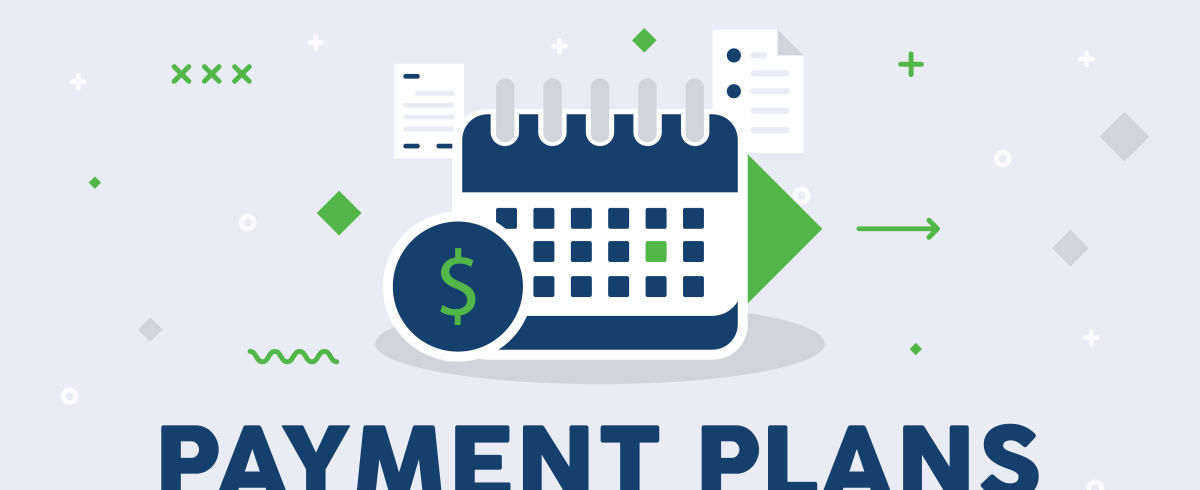Following up from two posts about how utilities are dealing with the COVID-19 virus and the last issue about the financial impact of the pandemic, this issue takes a closer look at payment plans.
But, before we delve into payment plans, I have a favor to ask…
2020 Utility Staffing Survey
I know everyone is struggling to maintain some semblance of business as usual and, in doing so, participating in surveys isn’t high on anyone’s priority list. Unfortunately, I launched the 2020 Utility Staffing Survey just before the COVID-19 crisis hit us full force and participation at this point in the survey is only about half of what it was two years ago.
I’m sure this is due to all of the distractions, but if you have five minutes and haven’t already participated in the survey, please do me a favor and click here to complete the survey. If you’ve already completed the survey, thank you!
The results will be published in a series of upcoming blog posts.
Thank you in advance for taking the time to complete the survey!
Now, back to our regularly scheduled broadcast…
Suspending disconnections for non-payment
Unless your utility is an absolute deviation from the new norm, you have considerably more delinquent customers than you did just a few weeks ago, pre-COVID-19.
As we all know, a utility’s most effective collection tool is disconnection for non-payment. Unfortunately, if you are like most utilities (this report from the AWWA and AMWA indicates 92% of water utilities have already suspended disconnections, and only 2% have no plans to do so), you’ve lost your strongest leverage to compel customers to pay.
What can you do in the meantime?
Until the current crisis is over and you resume normal operations, including assessing late fees and disconnecting for non-payment, you can take a few steps.
If you already send delinquent notices (which under normal circumstances I’m not a proponent of), continue doing so to remind your customers of how much their outstanding balance is. If you are able to modify the verbiage of your late notices, I recommend doing so to inform your customers of what their repayment options are.
If you don’t send delinquent notices, but send full-page bills in an envelope, take whatever steps you can to communicate the repayment options to your customers. If there is sufficient space on your bills, this could take the form of a comment on the bill itself. If not, you could include an additional bill insert with the information.
Finally, as your customer service representatives are talking with customers on the phone, have them remind those customers with outstanding balances of what your repayment policies are and the available options.
Establishing payment plans
As I recommended in the last issue, if you don’t already have a payment plan policy in place, now is the time to do so – before you become inundated with requests for payment plans.
Any payment plan should include an agreement, which the customer signs, outlining the terms the customer has agreed to. This should include the number of payments, the amount and due date of each agreed-upon payment, and the consequences for missing an installment.
I don’t recommend creating a payment plan until you know the total amount your customer will owe. For example, if you won’t resume disconnecting for non-payment for another month or two and your customers will receive additional utility bills within this timeframe which they won’t be able to pay, there’s no need for a payment plan until you know the final amount they will owe.
What I do recommend is creating a list of customers who have requested payment plans. If your billing software allows for custom fields and reporting on them, dedicating one to customers who have requested a payment plan would be an excellent way to do this.
Or, if you plan to set up your customers with installment services as I discussed in the previous issue, go ahead and add the service to the account, just don’t activate it until the payment plan goes into effect.
Got data?
In conducting research for the last post, I contacted a number of utilities to see what changes they were experiencing in terms of delinquencies and usage patterns due to COVID-19.



